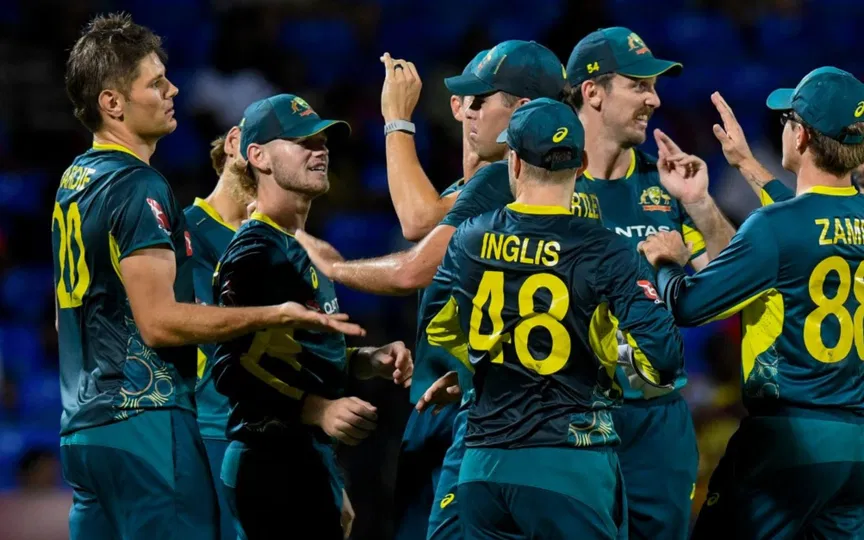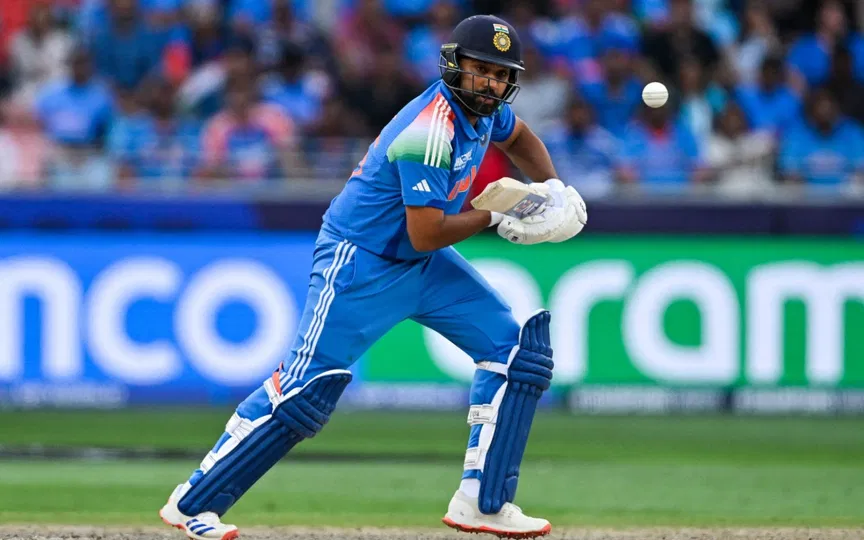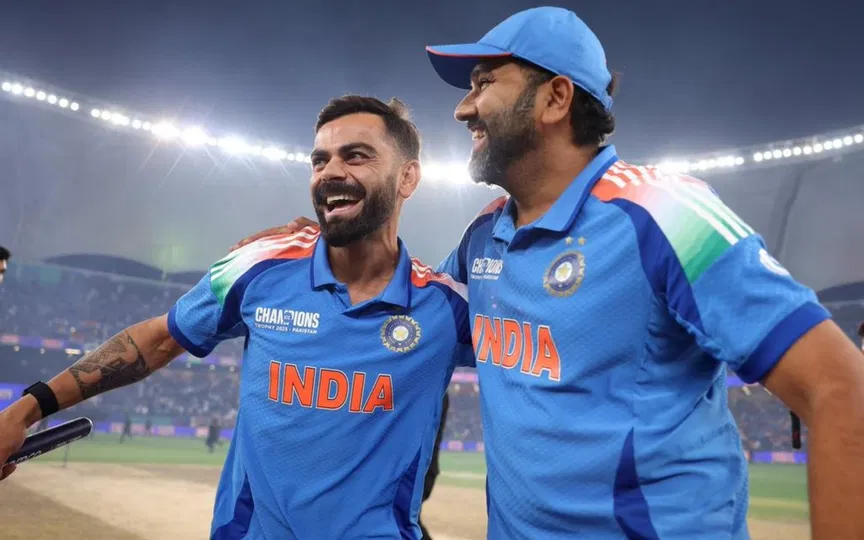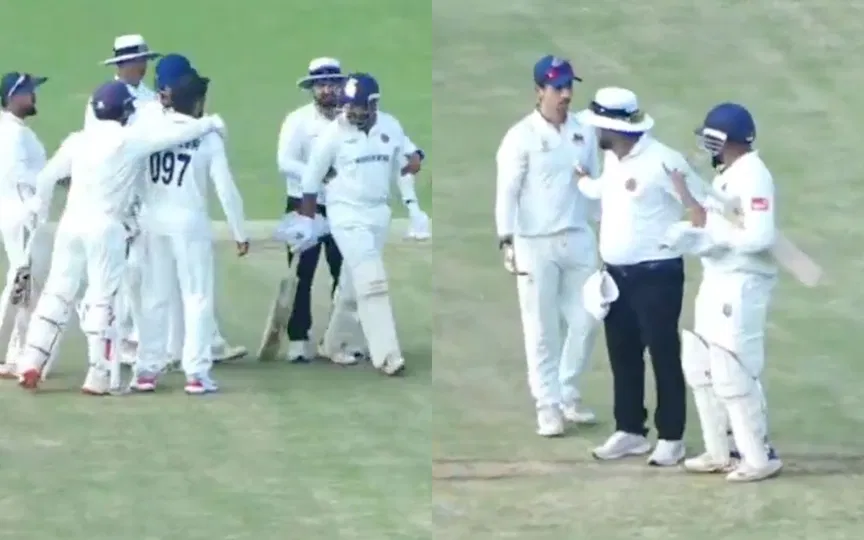![Marnus Labuschagne has been dropped from ODIs [Source: @PoppingCreaseSA/x.com]](https://onecricketnews.akamaized.net/parth-editor/oc-dashboard/news-images-prod/1759821856945_LabuschagnedroppedfromODIs.jpg?type=hq) Marnus Labuschagne has been dropped from ODIs [Source: @PoppingCreaseSA/x.com]
Marnus Labuschagne has been dropped from ODIs [Source: @PoppingCreaseSA/x.com]
There was a time when Marnus Labuschagne was seen as the glue holding Australia’s middle order together. He had the perfect technique, the desire for long innings and a calm head under pressure.
However, lately, the numbers paint a different picture, one that makes his omission from Australia’s ODI squad against India less of a shock and more of a reality check.
Runs Have Dried Up
Marnus Labuschagne’s ODI career started brightly as he average above 40 at one point. But since 2024, the graph has only gone south.
- In 2024, he scored just 148 runs in 7 ODI innings at an average of 24.66 with a lone fifty (77* against England).
- In 2025, it has gotten worse with only 93 runs in 5 innings at an average of 18.6 and not a single fifty to his name.
His top score of 47 in his last ten ODIs tells the story of a player struggling to turn starts into substance. And while Australia’s white-ball setup has grown bolder and faster, Labuschagne’s tempo hasn’t quite kept up.
Strike rate stagnation hurts his case
Labuschagne’s career strike rate of 83.56 might have been passable a few years ago but in the current ODI era where batters regularly strike at 100+, it feels like a handbrake.
In 2025, his strike rate dropped even further to 78.15 which clearly suggests that he is neither anchoring innings effectively nor accelerating when required.
When you compare that with the modern ODI blueprint: players like Travis Head, Mitchell Marsh and Glenn Maxwell play at a gear higher and keep the scoring rate ticking even on slow days.
In contrast, Labuschagne’s knocks often stall momentum, especially in the middle overs, a phase where Australia now prefers controlled aggression over caution.
Opportunities wasted at critical junctures
The selectors didn’t axe him overnight. They gave him a fair run.
From Pakistan in late 2024 to Sri Lanka series in early 2025 to the Champions Trophy 2025 to South Africa in August 2025, Labuschagne had multiple chances to consolidate his spot in the side but his scores read: 16, 6, 15, 47, 29, 1, 1.
The Champions Trophy 2025, where he managed 76 runs in two innings, summed up his struggle. He looked solid for 47 against England and 29 versus India but couldn’t kick on. Those are innings that promised more but fizzled out, something that has become a pattern.
The bigger picture
Labuschagne’s omission also opens a door for Australia’s next generation of aggressive all-rounders. Matt Short, who missed the South Africa tour with injury, is back. Players like Cameron Green and Aaron Hardie are more dynamic and offer flexibility with both bat and ball, traits highly valued in modern ODI setups.
For Labuschagne, this could be a blessing in disguise. He can now focus on the Sheffield Shield, where he has already started the season strong with a 160 against Tasmania. A few big red-ball knocks could help him push for a Test recall, a format where his temperament truly shines.
Right call at the right time
At 31, Labuschagne isn’t done. But as far as ODIs go, Australia seems to be moving in a new direction, one built around pace and intent. In this evolving landscape, his old-school rhythm just doesn’t fit the beat.
Sometimes, even the most technically gifted need to step aside and recalibrate. Labuschagne’s axe may sting, but it is a necessary call for a team that is evolving fast and one that wants every gear running at full throttle before the next big ICC event.
For now, Marnus can take solace in knowing that Australia’s door rarely stays shut for too long provided you bang it with enough runs.



.jpg?type=mq)


